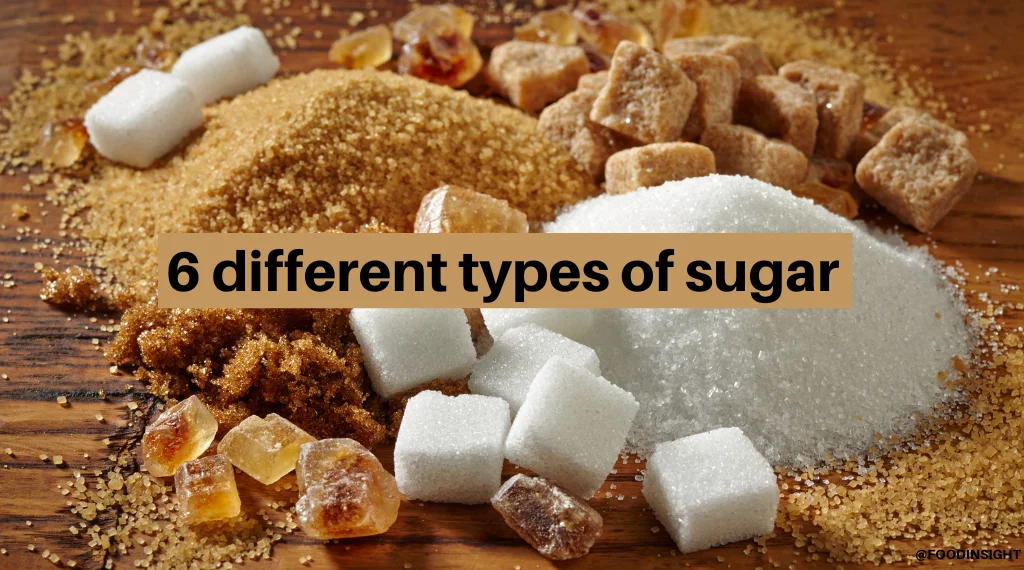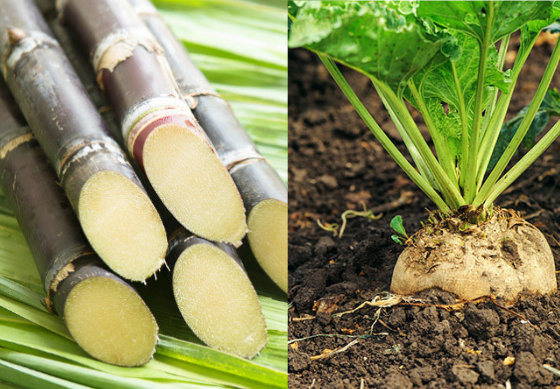Understanding the Nutritional Perks of Beetroot Sugar Vs Walking Cane Sugar for Health Conscious Consumers
When checking out the nutritional ramifications of beetroot sugar versus walking stick sugar, health-conscious consumers discover that both ranges mostly contain sucrose and offer similar caloric worths, each adding around 16 calories per teaspoon. Despite this similarity, neither kind confers substantial health benefits, as they are without crucial nutrients. Checking out the wider impacts, including environmental considerations and lasting wellness impacts of sugar consumption, could brighten a lot more nuanced differences between these 2 sugars.
Nutritional Profile and Caloric Worth of Beet Sugar and Cane Sugar
Although both beetroot sugar and cane sugar are largely composed of sucrose, their dietary profiles and caloric worths are incredibly comparable. Each offers around 16 calories per tsp and consists nearly entirely of carbs, with marginal quantities of protein or fat. These sugars also do not have considerable quantities of vitamins or minerals. The refinement procedure remove most of the intrinsic nutrients, providing both types almost the same in terms of nutrition. There are trace differences in the contaminations that remain after processing, which can somewhat influence the taste and color of the sugars, yet these are minimal in terms of health effect. For customers concentrating on nutritional impact, the choice between beet and walking stick sugar is extra concerning individual preference or prospective environmental worries instead than dietary distinctions. Both need to be consumed in moderation within a balanced diet plan because of their high calorie material and absence of crucial nutrients (beet sugar vs cane sugar).
Ecological Impact and Sustainability of Sugar Production
While the dietary differences between beetroot sugar and walking cane sugar are very little, their production procedures provide more significant differences, specifically in regards to environmental influence and sustainability. Walking stick sugar production often entails considerable land usage and deforestation, which adds to habitat devastation and biodiversity loss. This agriculture is additionally related to high water usage and water contamination due to the drainage of pesticides and plant foods. In contrast, beet sugar manufacturing generally calls for less land and can be grown in more warm environments, which may lower the requirement for watering and the involved water source Check This Out depletion.
Nevertheless, beetroot farming is not without its environmental difficulties; it includes considerable power inputs, specifically in the north climates where her latest blog it is grown, due to the requirement for longer heating periods in sugar handling. Both sugar beet and sugar walking stick sectors are discovering extra sustainable practices, including crop turning, chemical-free farming, and improved waste administration methods to minimize these influences.
Health And Wellness Consequences and Recommendations for Sugar Intake
Regardless of their marginal dietary differences, both beet sugar and cane sugar can have harmful health and wellness effects when consumed over. High consumption of either kind of sugar contributes to a variety of health issues, consisting of excessive weight, type 2 diabetic issues, and heart disease. Both sugars are pure sucrose and offer no essential nutrients other than calories, causing fast spikes in blood glucose levels upon intake.


Final Thought

Comments on “When looking at beet sugar vs cane sugar, some argue that one caramelizes better than the other.”